Aqara/Opple Smart Switch (review)
Despite some of the challenges that both Aqara – and consumers that use their products – have faced over the last couple of years, this hasn’t stopped them from continuing to add devices and functionality to their range. This would include things like the forthcoming US in-wall switches, and of course the much talked about M2 Hub. Aside from these two products, Aqara has teamed up with lighting specialist Opple, to create a small collection of ZigBee-based ceiling lights that work with HomeKit.
In addition, Aqara and Opple have created a trio of wire-free ZigBee switches that take things a small step further in terms of options, with one of the three switches offering up six programmable buttons on a single device. Today we’re going to look at this particular switch.
PACKAGING
The packaging for these switches is fairly basic, but compared to the old packaging for Aqara products, it’s a step up, if only for the line drawing showing the switch itself, which I guess moves it from ‘basic‘ to ‘minimalist‘ perhaps…Each variant has the appropriate drawing on the front so you know what you’re buying, should you be lucky enough to pick one up in person (only China right now). The rear of the box gives you basic specs, although it’s all in Simplified Chinese. What we do know is;
- Each switch uses a standard CR2032 coin battery
- They use ZigBee 3.0
- The operating temperature is -10ºC ~ +50ºC / 14ºF ~ 122ºF
- All switches have the same basic dimensions – 86 x 86 x 15mm / 3.4 x 3.4 x 0.6in
The sides of the box feature a few icons explaining the basic functions, features and use cases for these switches, of which many are fairly standard or obvious if you’ve used a smart switch before.
- One thing to note before we go any further, however; One of the bullet points on the side mentions a two-year battery life. That sounds pretty good, if not entirely uncommon for a coin battery and a ZigBee switch. The point at issue is that, according to what we’ve been told a representative at Aqara, these batteries are NOT replaceable. Conversely, we’ve been told by someone who speaks Chinese, that their customer service line states that the batteries ARE replaceable. So, there seems to be some confusion as to what the deal is here. Nonetheless, if the batteries can’t be replaced, I would stick my neck out and say these aren’t going to be too popular! We’ll come back to this subject later on.
The switch itself is the first thing you’ll see in the box. Underneath the switch, you’ll find a manual in Chinese, three double-sided adhesive strips, and a couple of long screws, if you intend to place them over an already existing switch box. As is obvious, these are designed for use in the EU, UK and China, although as these can be placed anywhere, it’s not an issue for using it in the US, as long as you don’t mind the different dimensions to standard US switches.
THE SWITCH
We’re looking at the 6-button switch, but apart from the number of buttons, the other switches are the same in every other aspect. The switch actually comes in two parts, much like the Philips Hue Dimmer Switch, in that the main wallplate sticks to the wall, or other surfaces, with the button – which has magnets inside – snapping into place inside the recessed area in the wallplate. The switch also has one small hole in the upper right corner which houses a little LED that blinks every time you press one of the buttons. The rear of the plate has two rubber strips that are designed to prevent the plate from sliding around if you decide to use this on a table or other horizontal surface instead of a wall. The rear also reveals two cutout holes for screws if you want a more permanent fitting, instead of the included double-sided adhesive strips.
The wall plate on its own is only 11mm/0.43in deep and only another 3mm/0.12in more when the switch is added, bringing it to 14mm/0.55in in total. This is on a par with the current Aqara wireless rocker switches.
The switch by itself is 12mm/0.47in deep, and as it contains magnets, it can be stuck to any suitable metal surface without needing the wall plate. As already mentioned, however, once the switch is added to the plate, 75% of that depth is ‘absorbed’ into the wall plate. The rear of the switch has two cutouts that match up with sections on the plate. This ensures that you place the switch the right side up, and even though you could, in theory, have it placed upside down, there’s a small notch at the bottom of the switch that has to match a cutout on the bottom part of the plate recess, so there’s no way that you can accidentally place it upside down. The rear of the switch also has a small button marked ‘C’ which you need to press when pairing or resetting it.
Each switch has a circle on it to indicate the button, so in this instance, there are six circles on three separate rocker switches. The plate has small Aqara|Opple branding on the bottom.
INITIAL SETUP – VIA AQARA HOME
Even though these switches are designed for the Chinese market and are meant to work with the Chinese server, if you’re using the Aqara app, as opposed to the Mi Home app, you can actually add these to any version of the Aqara hub and any server (at least the US and Chinese hubs). If you look at the first screenshot above, in terms of wireless remote switches and controllers with the US server, there’s not much choice, and the Opple switches are nowhere to be seen. If you sign out of your account and select HomeKit Mode, then essentially, anything that’s available that can be added to your Aqara hub within the Aqara app, regardless of which model it is, can be added. So you can see in the third screenshot, the Opple switches now become available as an option.
In my home I have three hubs – two are Chinese and are both bound to the Mi Home app, with the app being set to the Chinese Mainland server. The third hub is the US variant, which is bound to the Aqara app, and set to the US server. If I’m signed out and set to HomeKit mode, all three hubs show as available when adding the Opple switch, and as much as I prefer the Mi Home app in general, this is something you’re only able to do in the Aqara app. In my instance, I only want to use these switches in HomeKit via the Home app, so it’s not a big deal not having them in the Mi Home app as such. Additionally, even though these switches aren’t meant for the US, once you sign back into your account in the Aqara app, these switches will then become available. So if you only use the Aqara app (as opposed to the Mi Home app) for all your Mijia/Aqara devices, then you can create automations with these switches too, as well as have access to them in HomeKit.
If you’re signed out of the Aqara app (HomeKit mode), once the switch is added, it’ll appear along with all your other Aqara or Mijia devices, regardless of whether their in Mi Home or Aqara Home. One thing to note is that with this method, even if you choose a room for the switch, it will add it to the default room initially until you change it. Once you do sign in to the Aqara app, all six buttons will appear across the top of the screen.
IN HOMEKIT AND THE HOME APP
After you’ve added the switch to the Aqara hub, the switch will automatically be exposed to HomeKit, although once again, it will be added to the Default room until you change it. You may have already figured it out, but what’s great about the Opple Switches, in general, is, as you can see in the second screenshot, that they support single, double and long presses. So, if you combine that functionality to the 6-button Opple Switch, that gives you a staggering eighteen different button variations, all in one switch. You can only see three buttons in the screenshot, but just looking at the top of the screen states “there are 6 unconfigured buttons”. Impressive!
If you’re using the Mi Home app, you can now officially add these switches here. When the Opple switches first launched, you were unable to add them to Mi Home, but since December 3rd, Xiaomi has added these to the long list of devices the app supports, which is ultimately why I prefer the Mi Home app over the Aqara app. The reason for me adding them to the Aqara app is that my US hub is bound to the app, which means I don’t need to switch servers in the Mi Home app to simply access the settings for the switch. There are other benefits too, but there’s no need to mention them here.
THE SUBJECT OF BATTERY REPLACEMENT
Credit: Images above courtesy of pabl33 via Imgur
When I first received the switches, although I’d figured out that the battery was held within the switch itself, I couldn’t see any way to access the battery in order to replace them, when the time would come to do so. In fact, there’s no mention of how to replace the battery in the Chinese manual. So, as previously mentioned, I contacted Aqara, who then told me that the batteries weren’t meant to be replaceable. That cames as a bit of a surprise! It’s not uncommon for some devices to have this kind of arrangement, like with smoke alarms for example. But then, batteries in smoke alarms tend to last around 10 years, by which time you should be changing the smoke alarm anyway.
As it happens, a user (p_abl) on the r/Aqara sub on Reddit, had also gotten their hands on the same 6-button switch and uploaded images of the switch being dismantled, to reveal the elusive battery. You can check out the whole set of images HERE, but as you can see from the images above, it is achievable, despite being told that there’s the possibility of damaging the switches in the process. This, it would seem, is true, and it’s certainly not as easy to replace a battery as you’d expect, but with the right tools, it seems to be possible.
Whether this is all due to the design of the switches, or a way of generating extra sales, I’ll leave that for you to decide, but I’d like to think it’s for the former reason. Either way, do prepare yourself with the right tools if you want to hang onto your switches – it would seem a guitar pick came in handy in this case…
IN USE / SUMMING UP
Putting the battery issue to one side, it has to be said that these are really very good switches. If you’ve already experienced the Aqara rocker switches, then whilst the feel of the buttons being pressed is closer to the Hue Dimmer switch, the reliability of them is not under question. You can thank Zigbee for this, as it’s hard to beat the speed and low power usage of devices that use ZigBee, especially when you compare them to Bluetooth-based switches.
The Hue Dimmer has four buttons, and they are all programmable too, but you may also be aware that each of those buttons only has Single press when it comes to HomeKit, so these switches go way beyond the capabilities of the Hue option in this regard. The fact that they’ve been able to cram six switches in the same space as the two or four button variant is impressive too.
The feel of the whole device is quite pleasing too, with the same kind of silky matt finish they use for the Aqara rocker switches. It’s a small, but nonetheless important detail. The ‘travel’ when pressing the switches is very small when compared to the Aqara Rocker switches, and unlike the Hue dimmer, there’s virtually none of the ‘wobble’ that you get from these types of buttons, which are essentially free-floating around the edges. The click of the switches feels firm without being too hard to press.
Although I prefer to keep switches in one place – with the plate, it’s good that these can be taken away and used as a ‘remote’ if you wish, which is a bonus point it has over the original Aqara rocker switches. In terms of aesthetics, I still love the Aqara rocker switch design which makes the whole front of the device a switch, and in some ways, the Opple variants are a little staid perhaps, with the shallow border running around the edge of the recess, where the switch sits. It’s only a minor thing though when you consider the benefits of these switches over the other two devices mentioned.
If you’ve already dipped your toes into the Aqara/Mijia smart home ‘pool’, then these are one of the better devices out there, in terms of choice – 2, 4 or 6-button variants, but also for the fact that these switches can straddle both the Mi Home/Aqara and HomeKit worlds with ease, making them a very powerful device to have at your disposal.

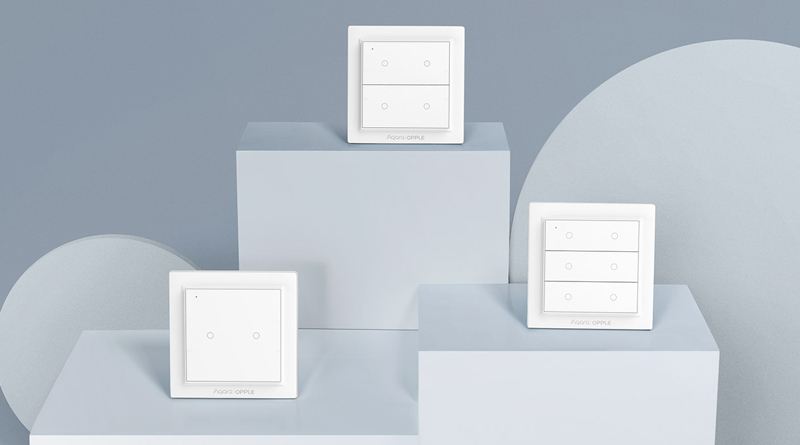
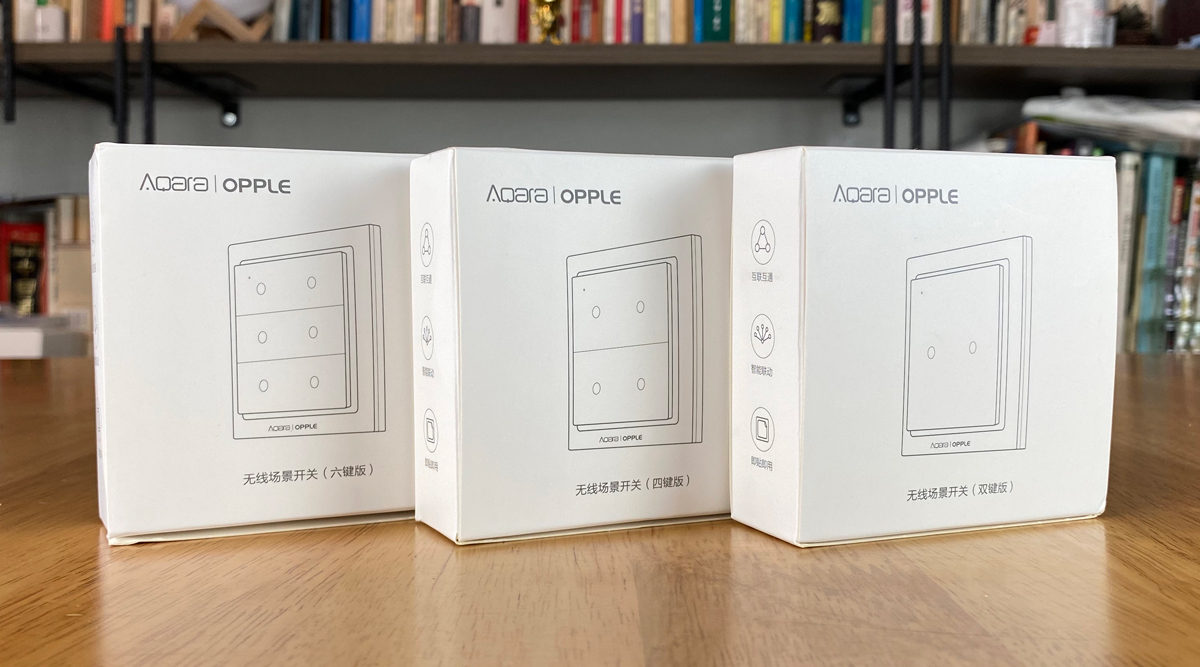
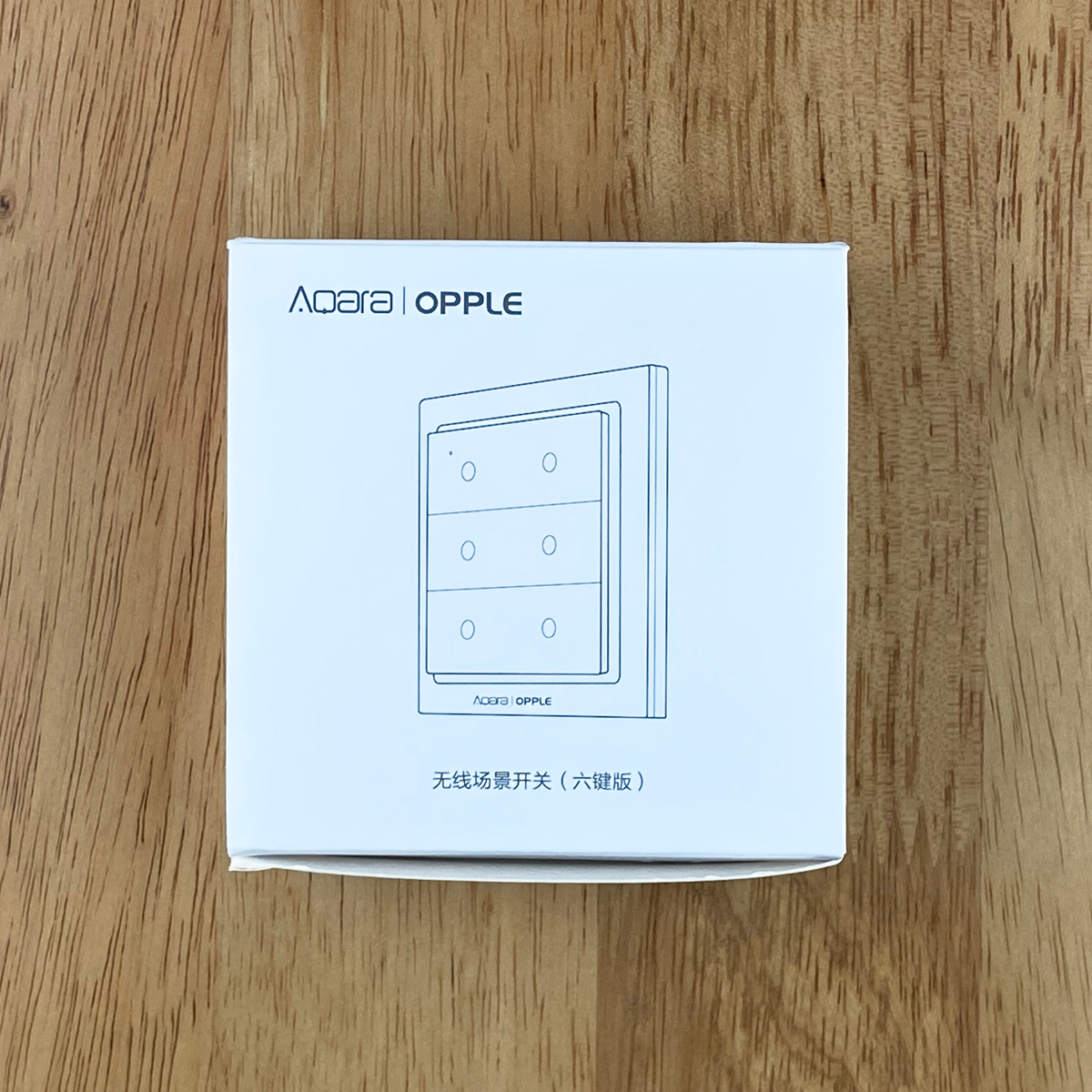

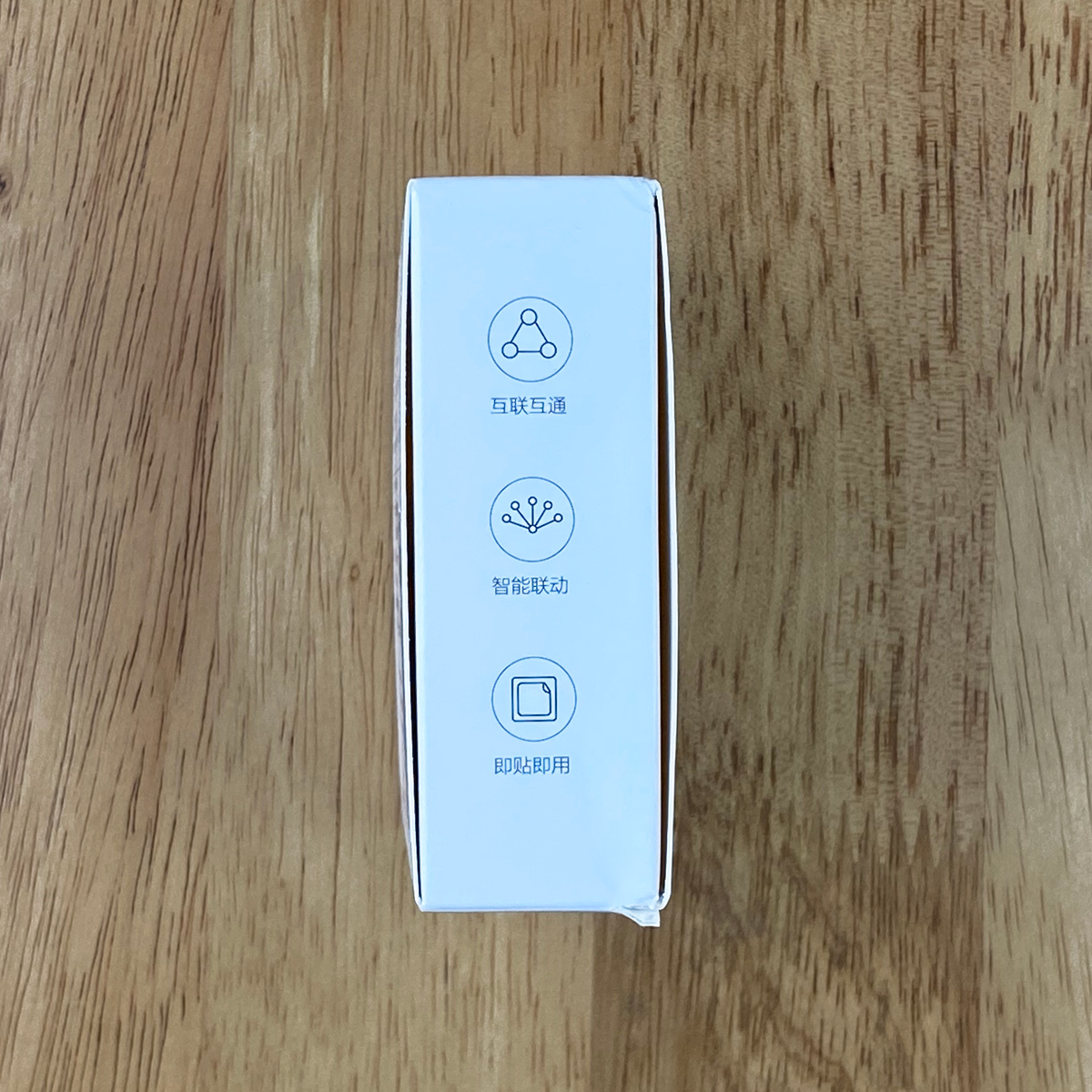
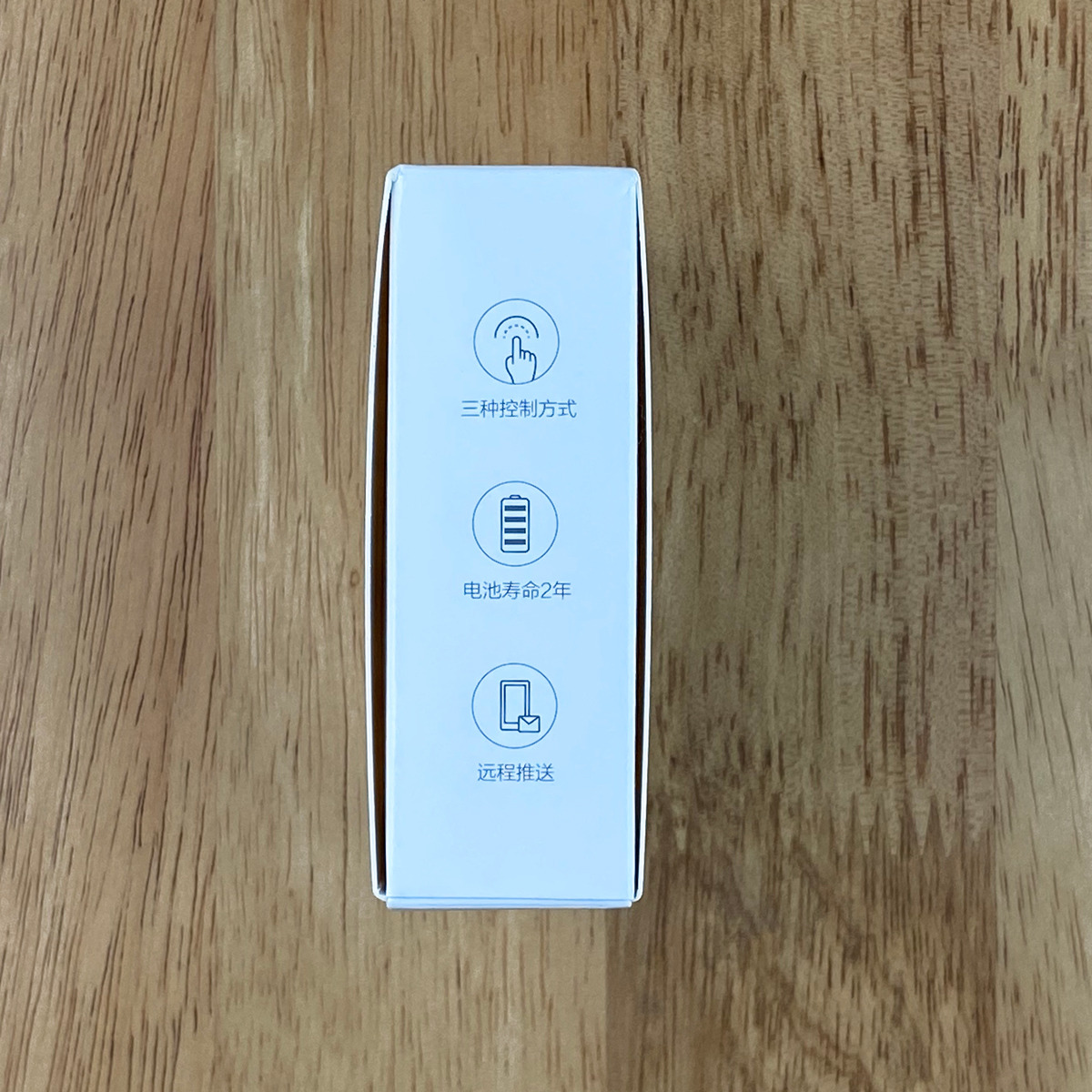

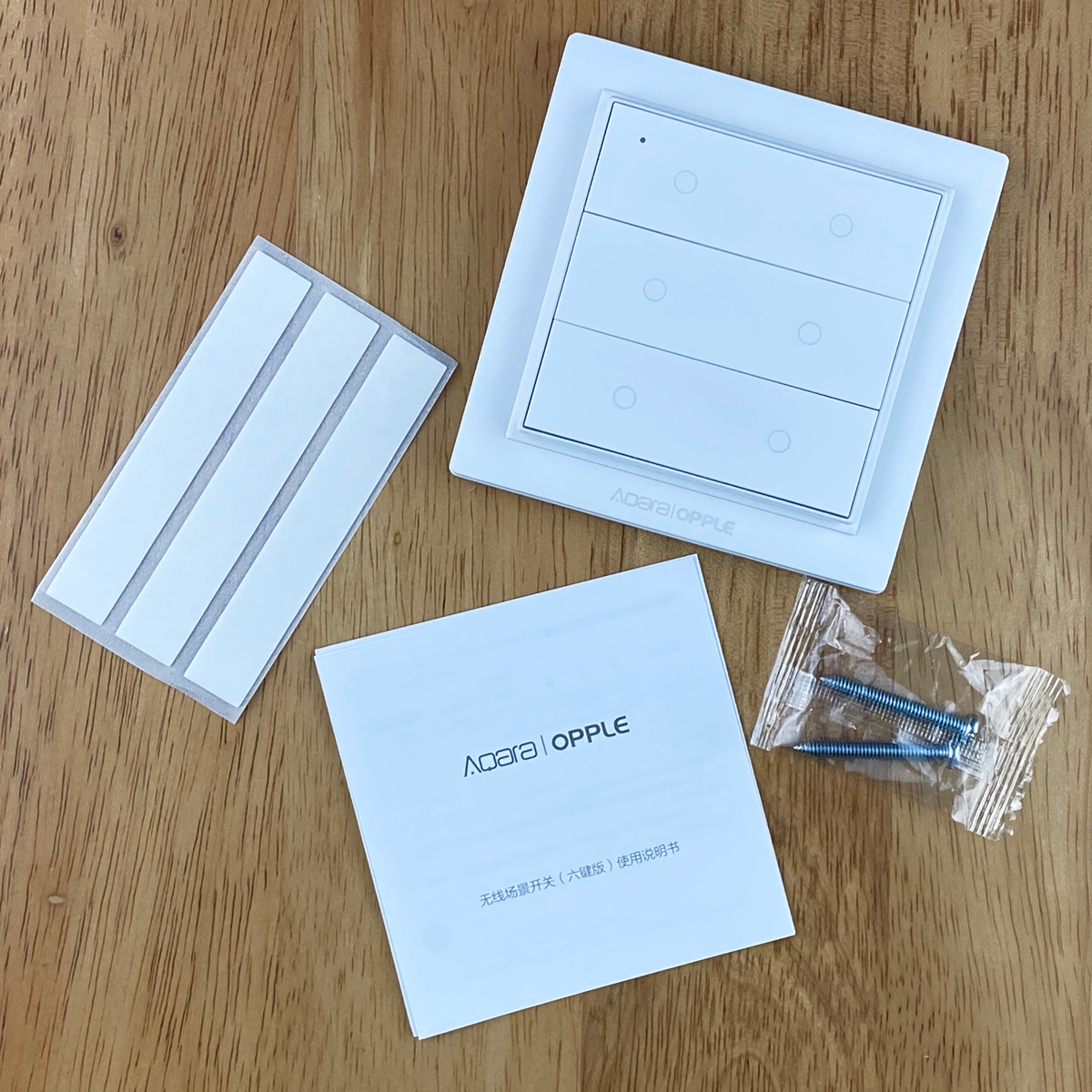
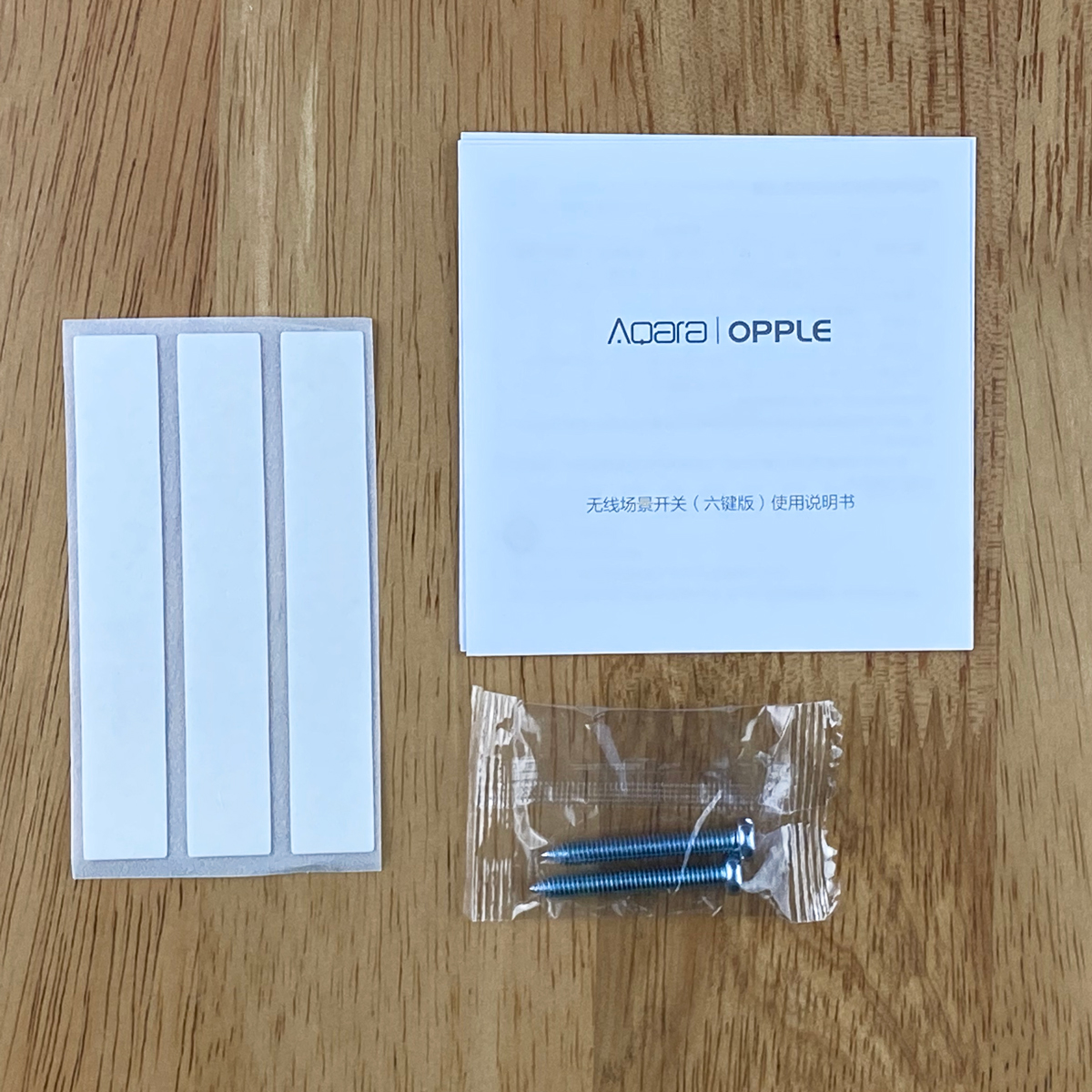
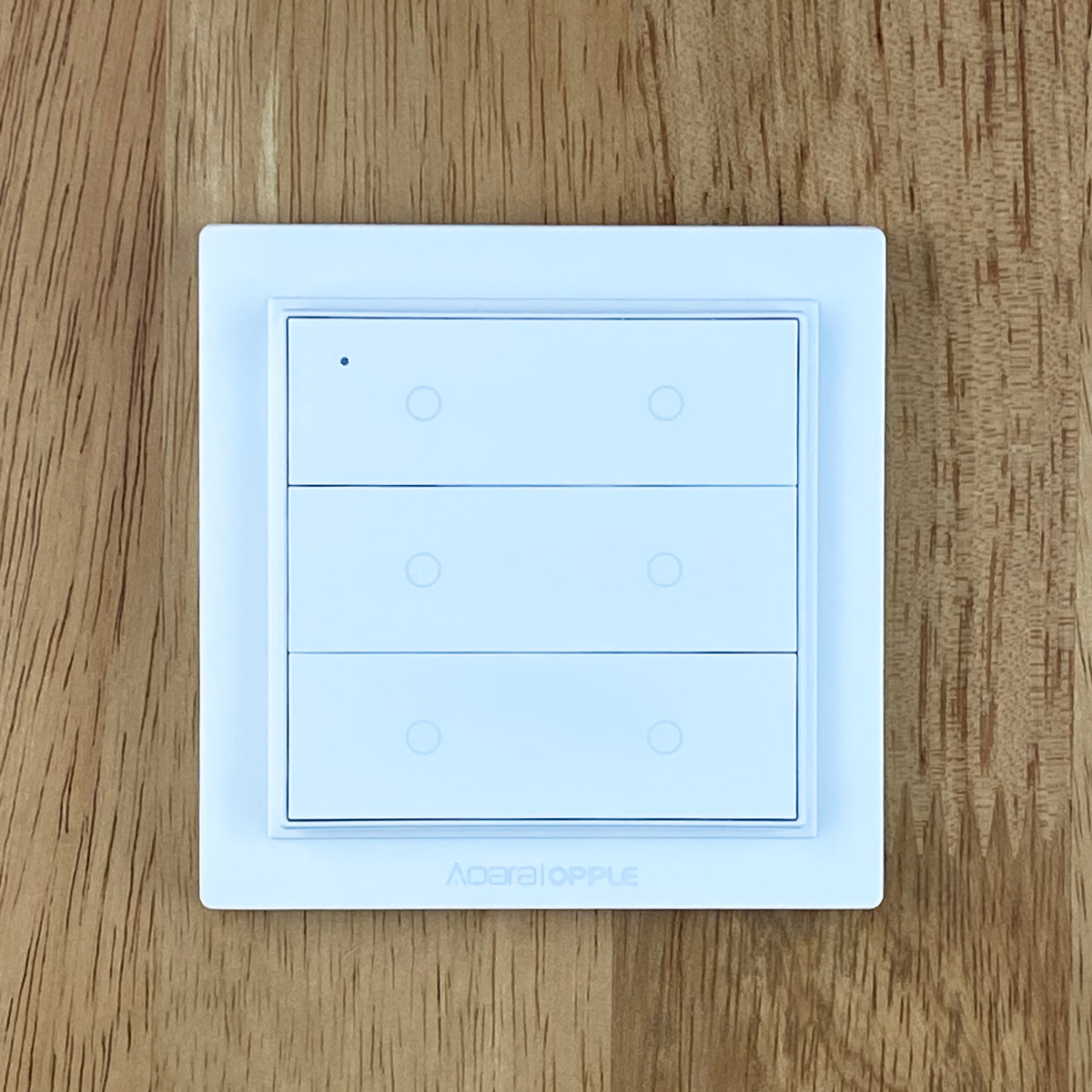


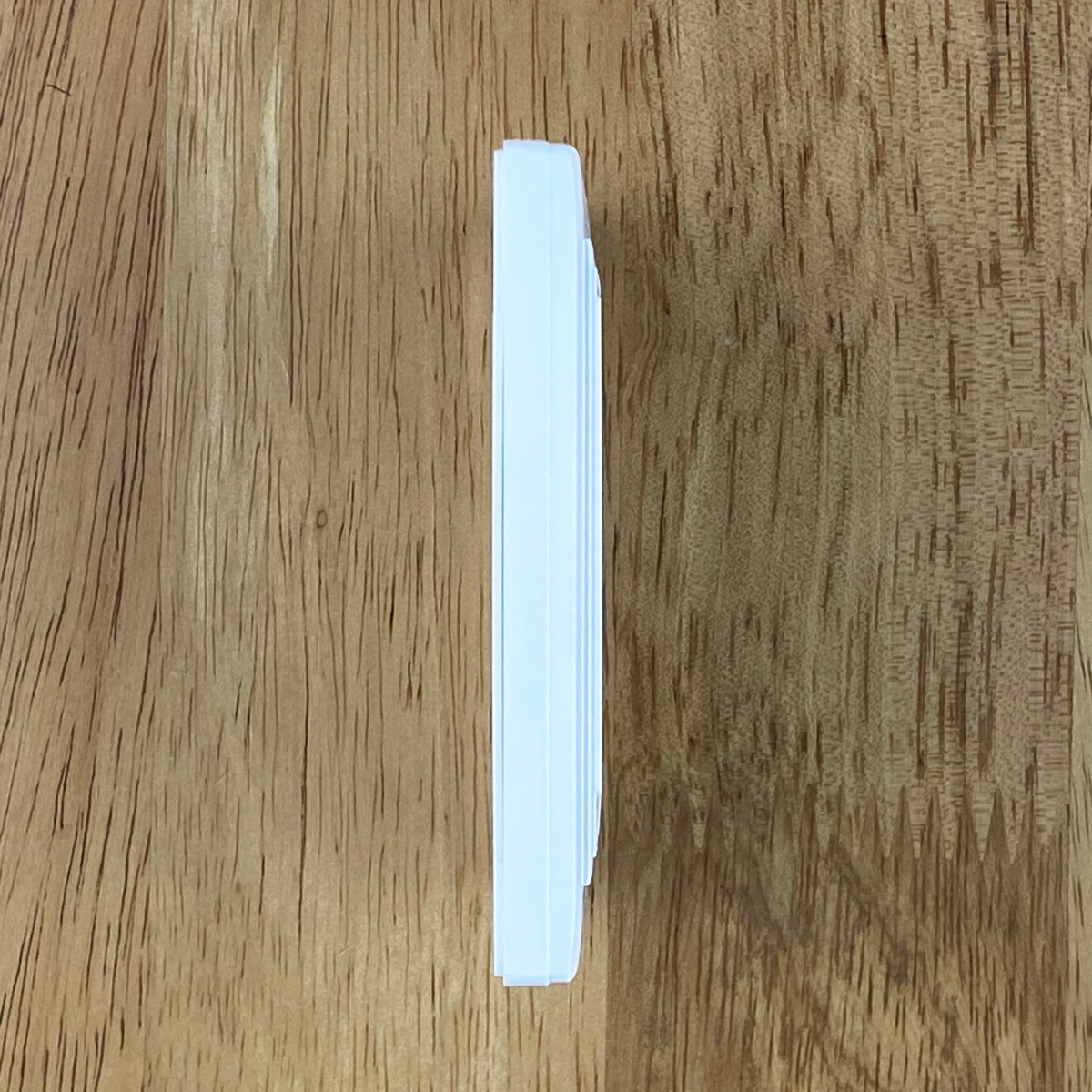
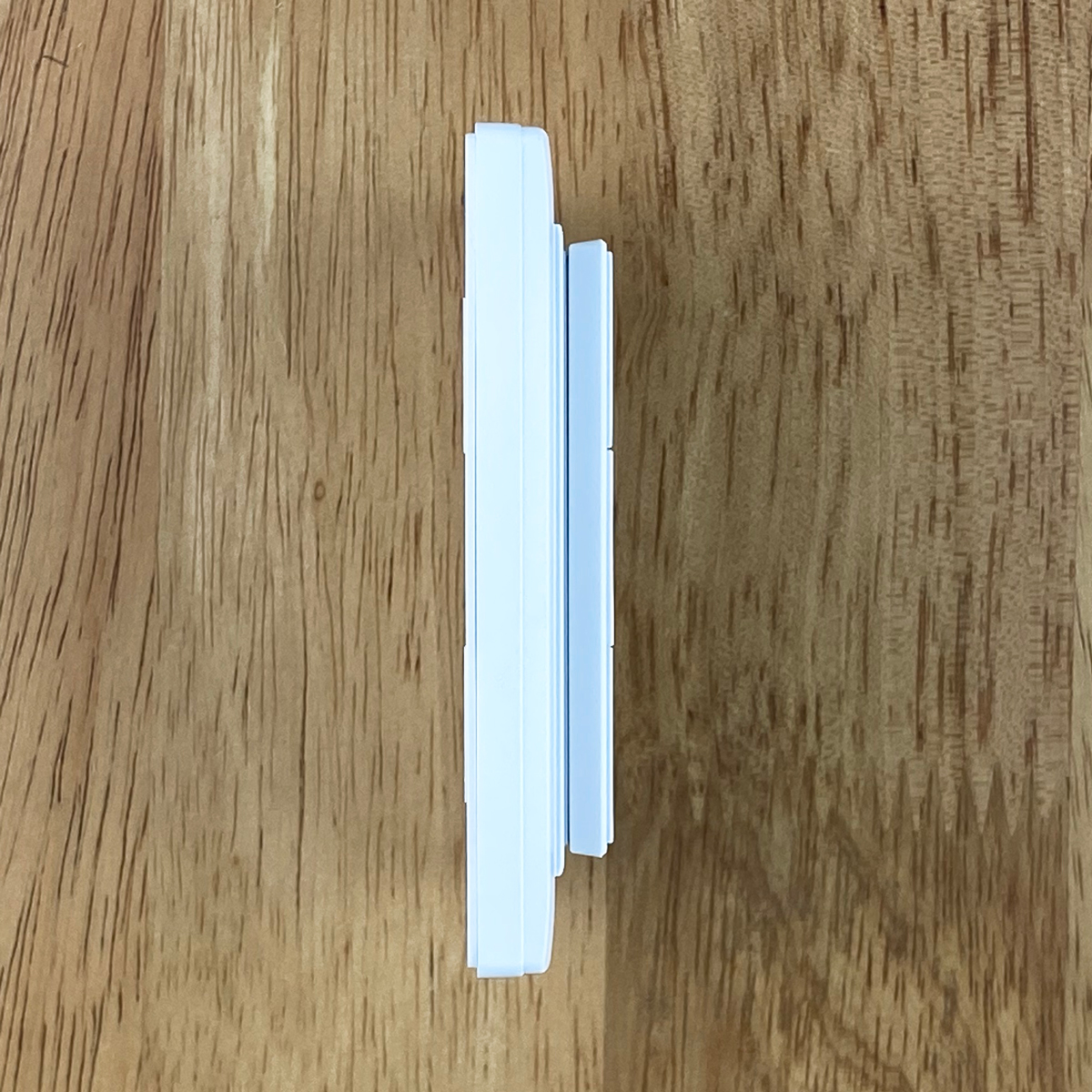

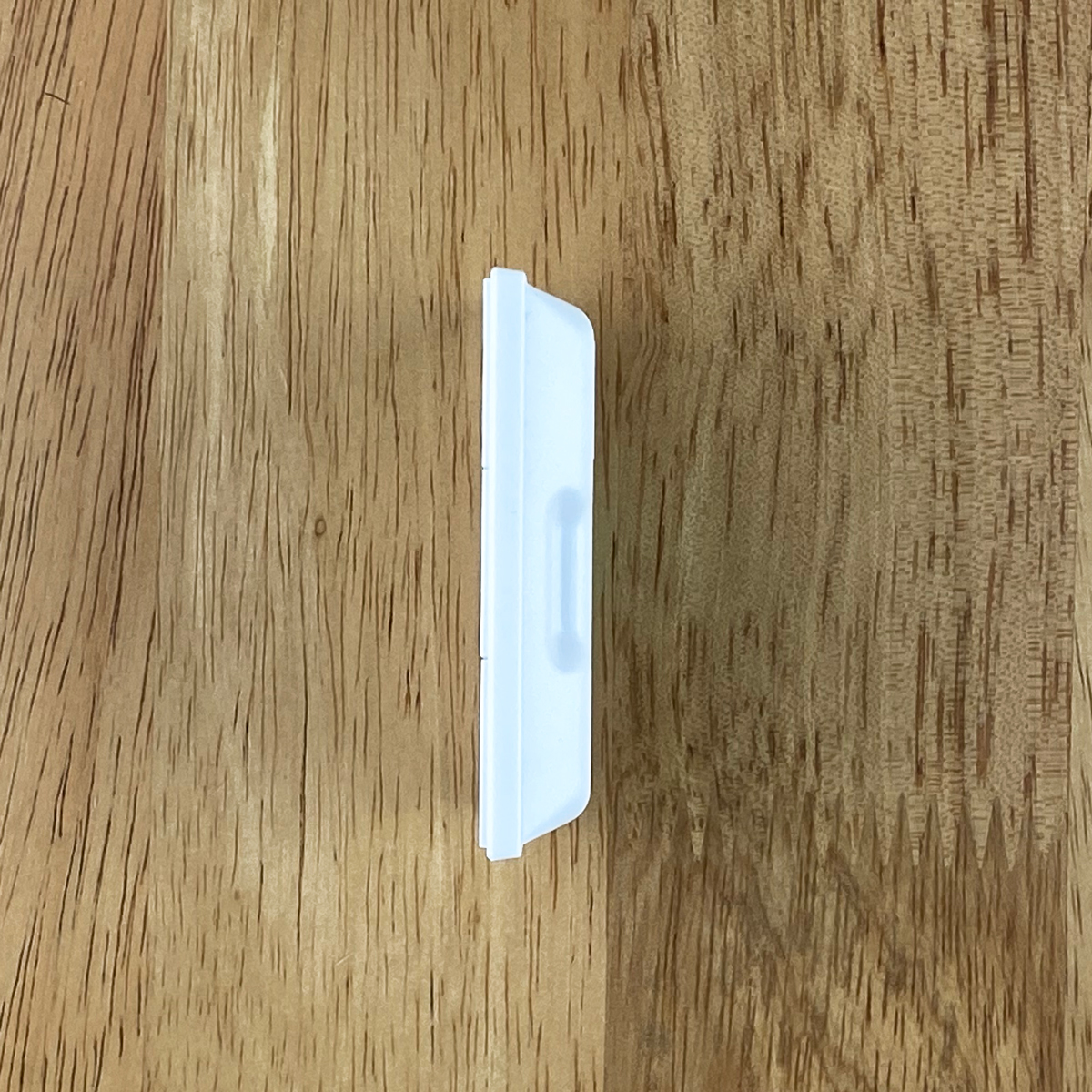

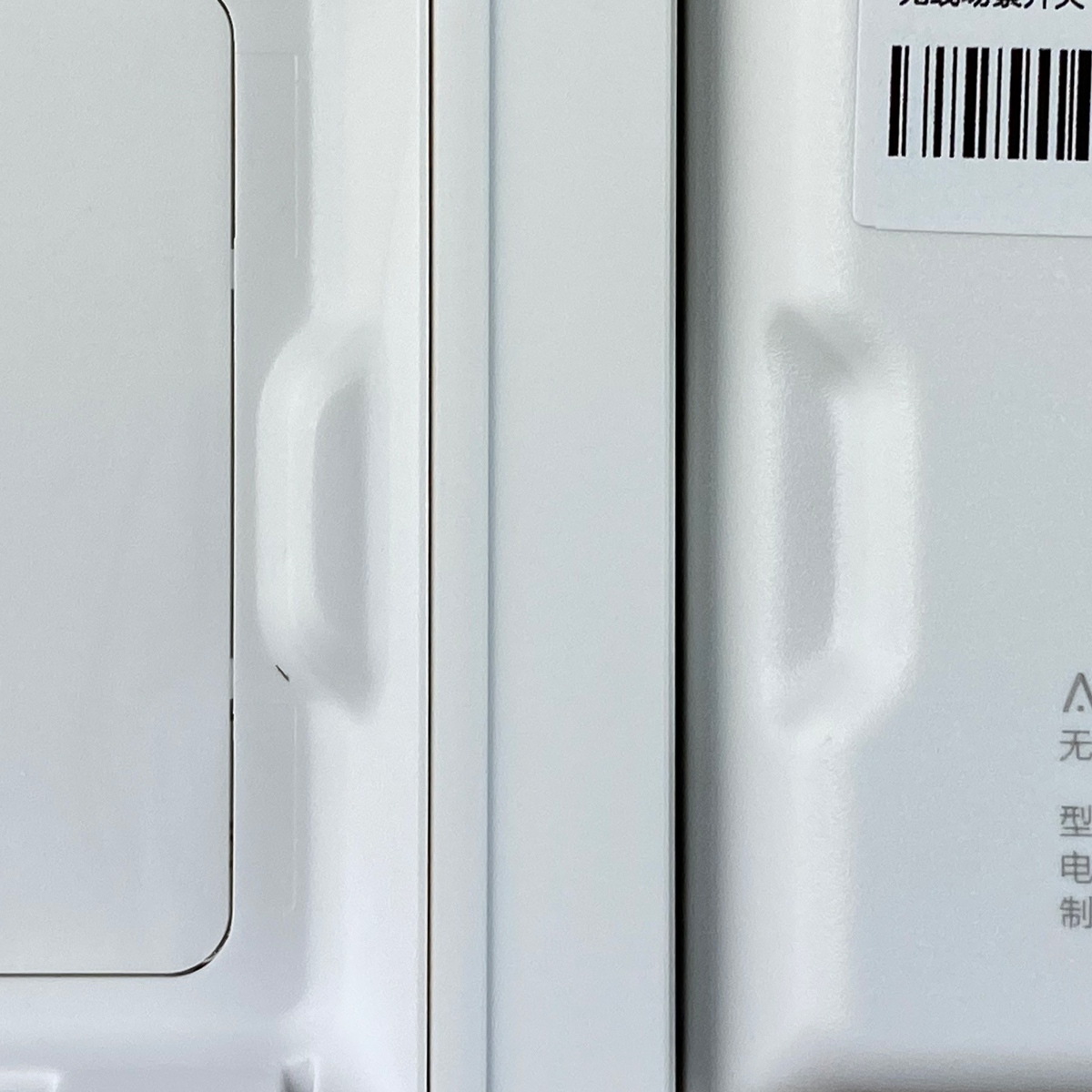

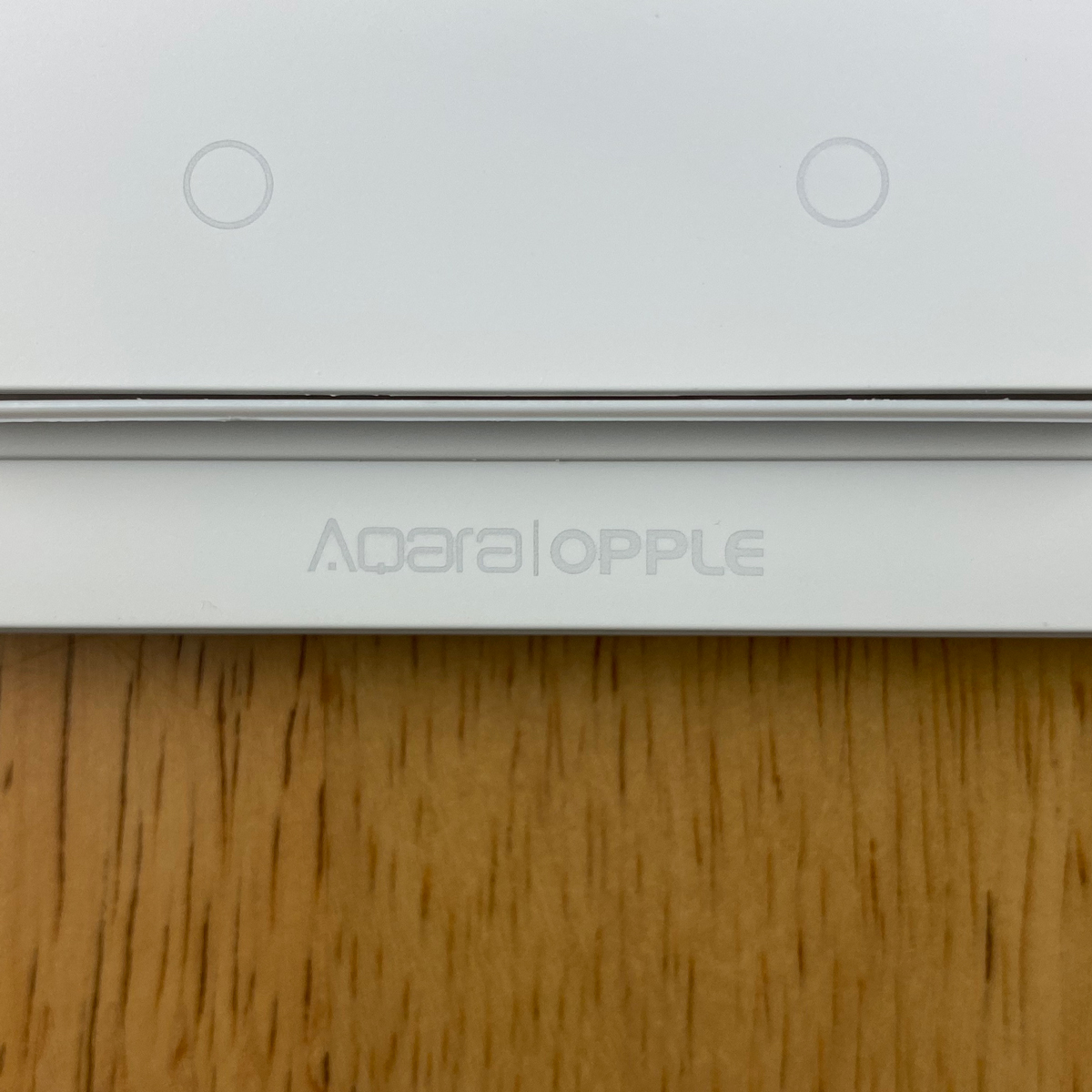

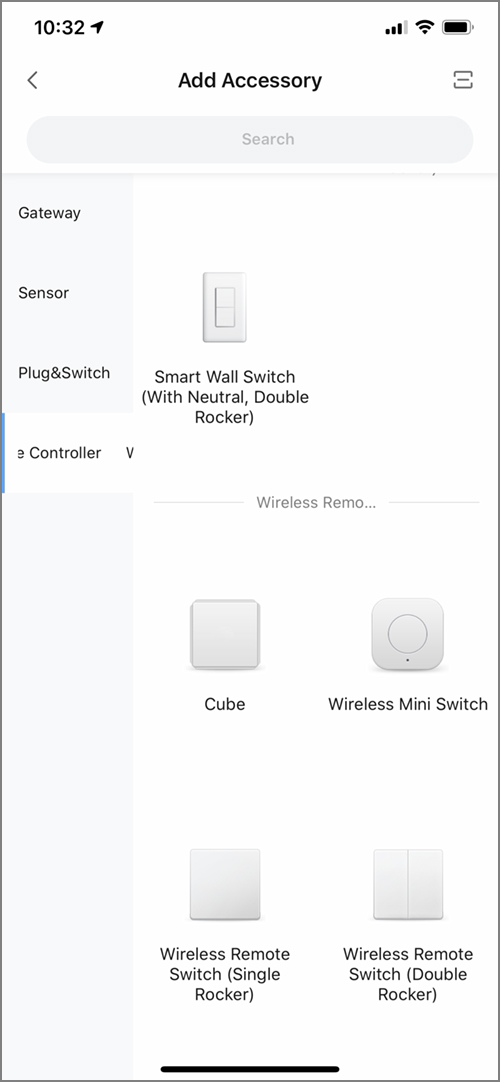
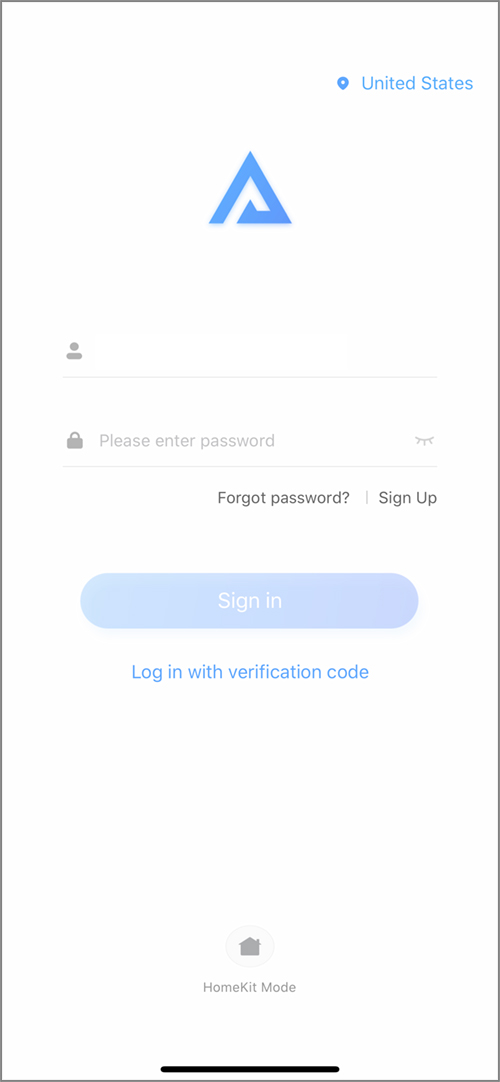
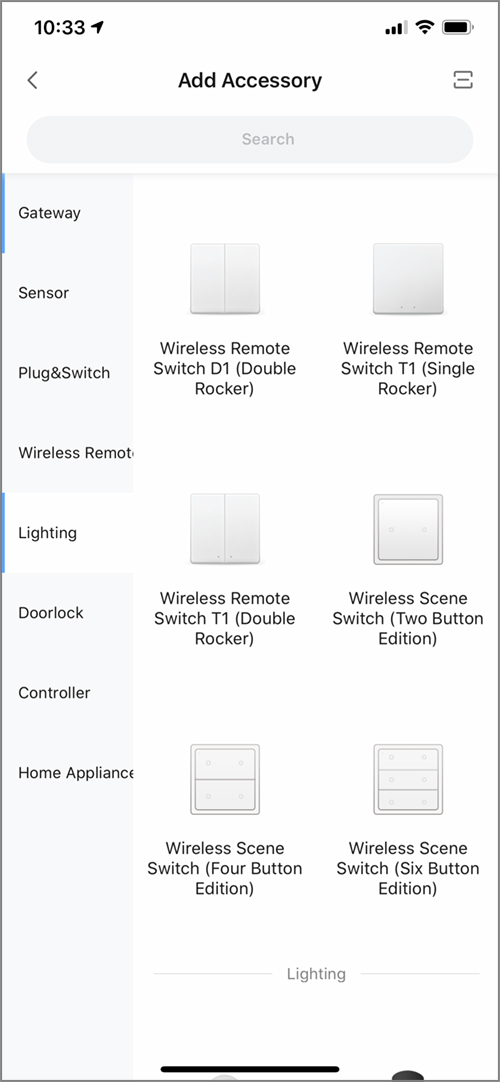
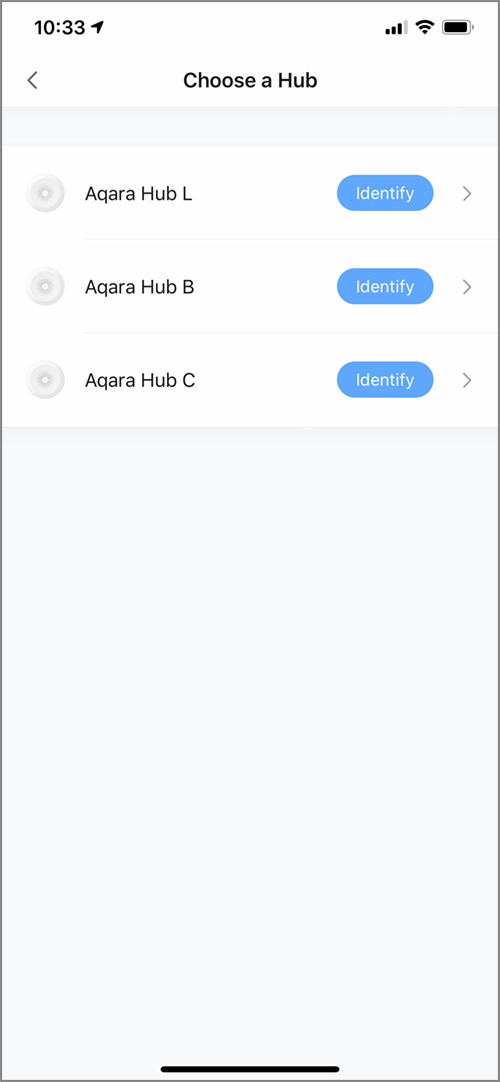
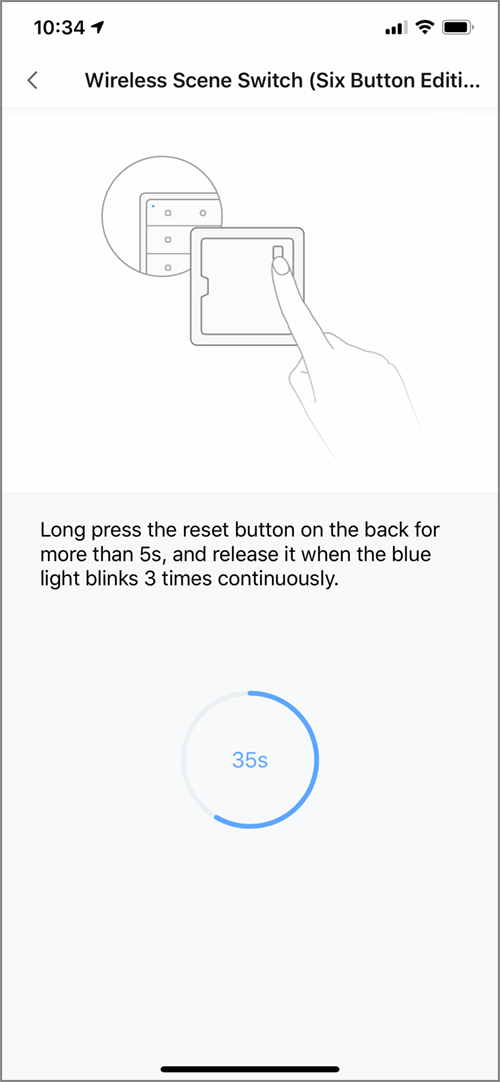

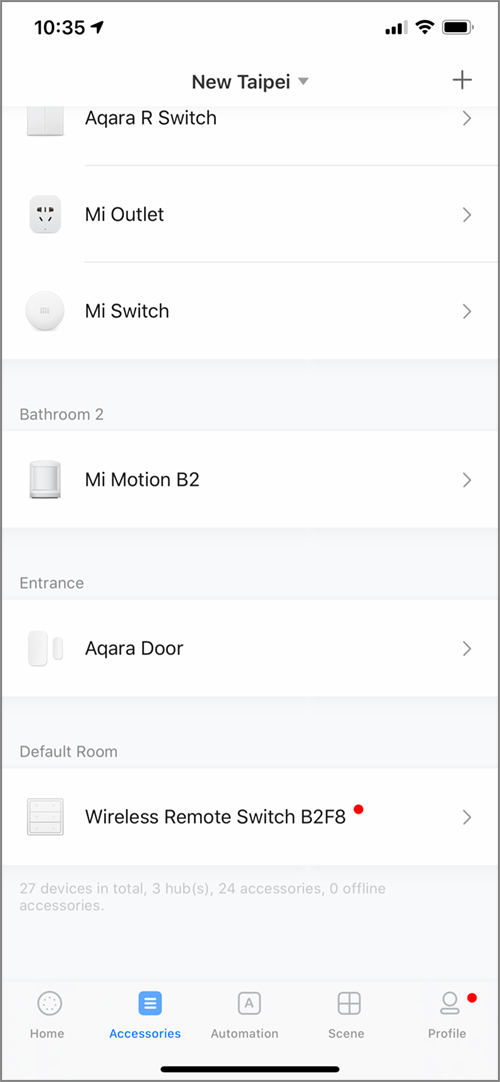

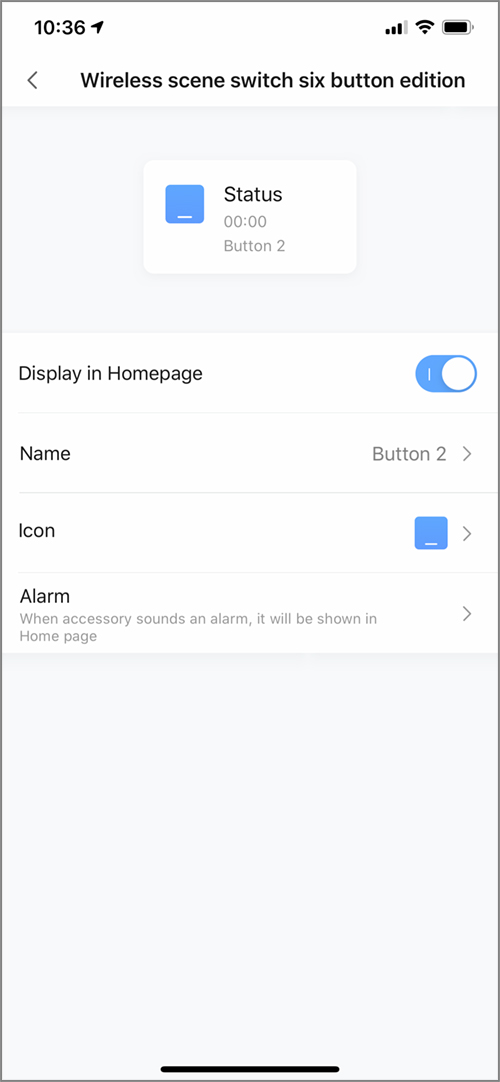

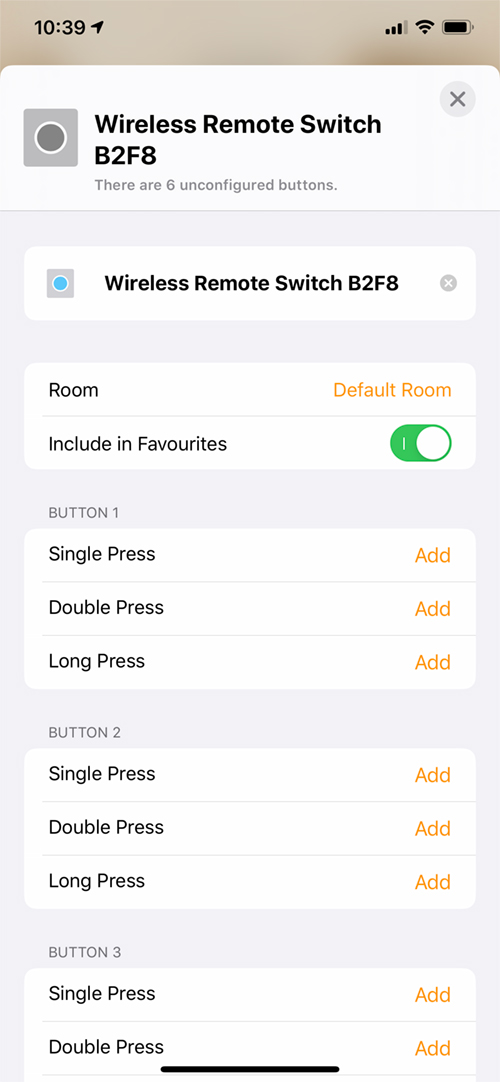

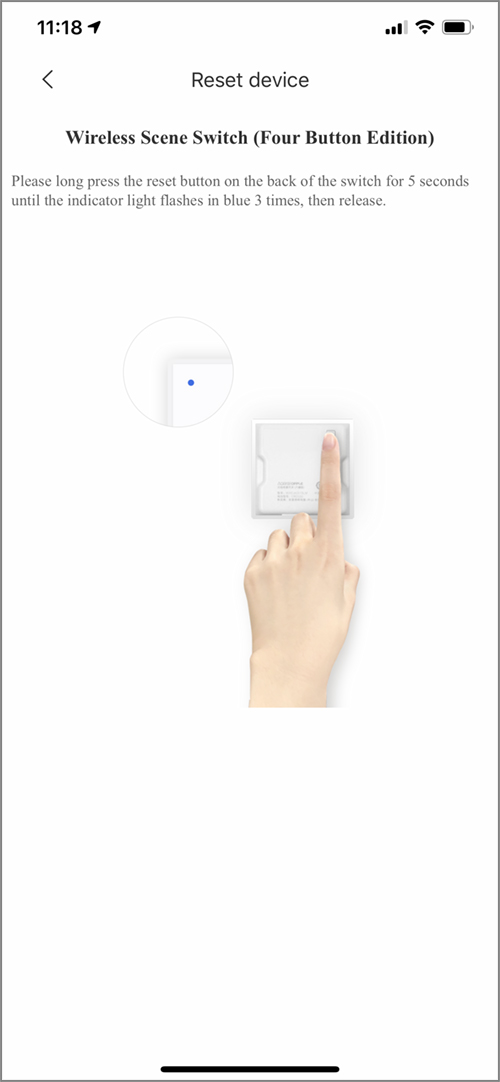
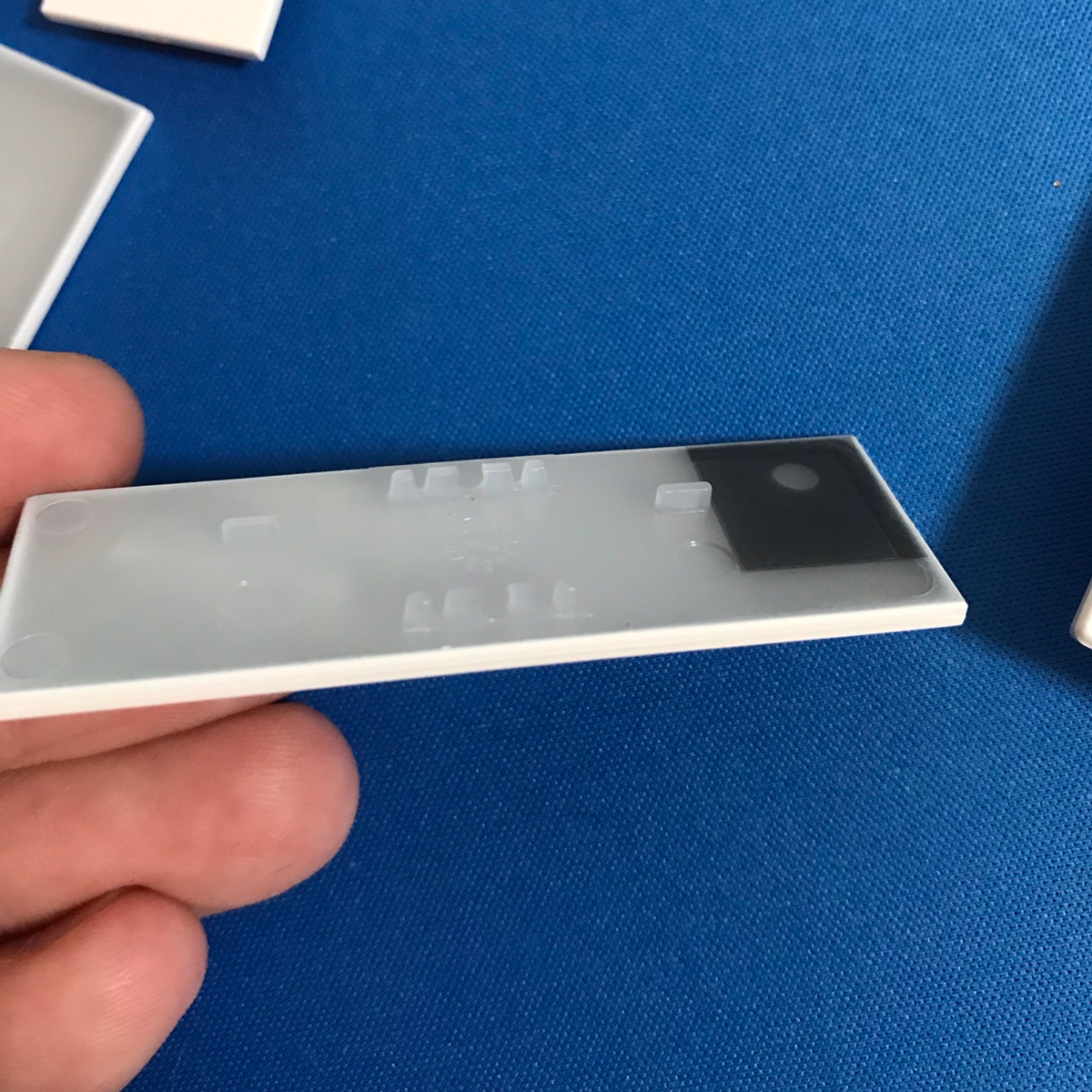
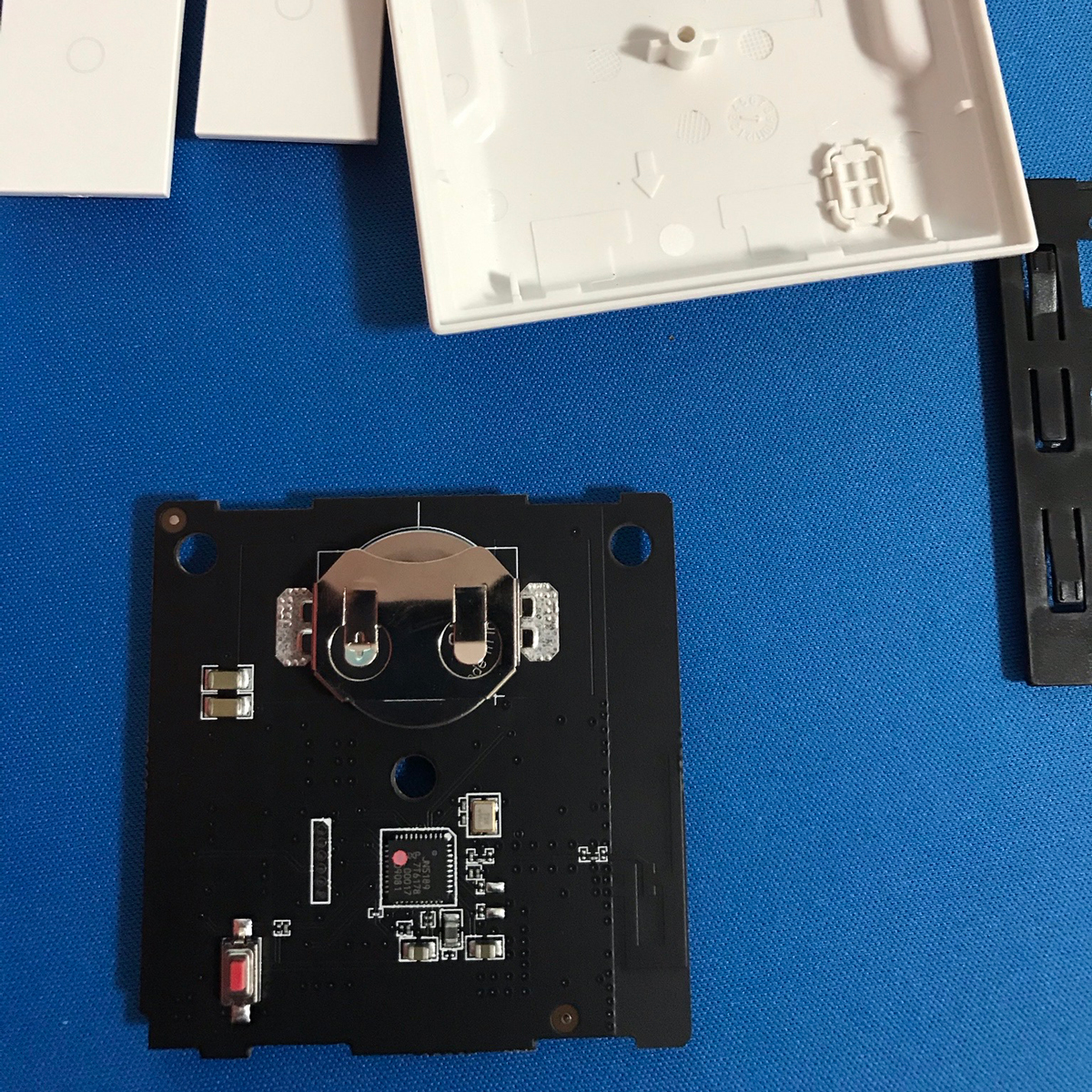
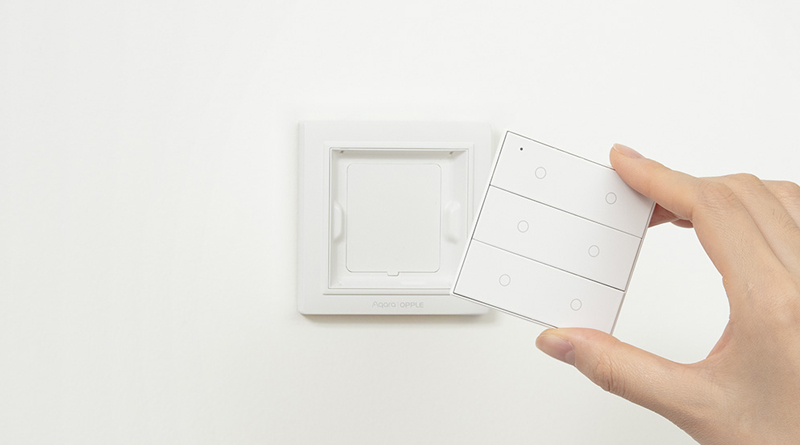
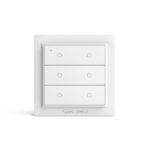
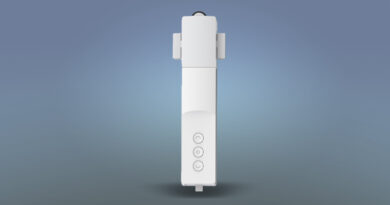
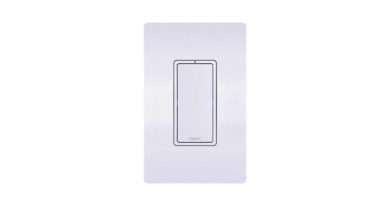
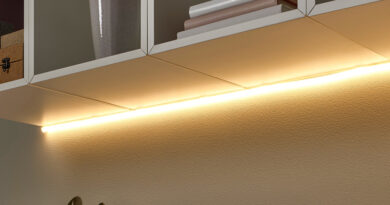
They are really nice.
Unfortunately you cannot program them to dimm Philips HUE lights with homekit.
Now preset 2 dimming levels 30% and 50% under the double press and hold.
If that would be changed in any future update (Aqara or Homekit) they are the perfect, affordable, EU format and good looking alternative for the Philips dimmer switch.
And these switches, any more news?
https://homekitnews.com/2019/09/10/aqara-us-switches-now-listed-on-us-site/
Hi, all I can tell you is I’m aware of beta testers in the US currently using these switches, so they do exist and Aqara seem to be preparing these for release, but when that will be, I’m not sure. I think the plan was to sell these at the same time as the relaunch of the Aqara products in the US on Amazon, which was meant to happen in November, but there’s been another delay.
And these switches, any more news?
https://www.aqara.com/en/smart_switch_no_neutral.html
Just purchased one of the six button switches. Look forward to it arriving.
Great review!
Cheers Bart. I think you’ll like them, and six buttons is not to be sniffed at. You’ve got a hub? You’ll need the Aqara hub for them to work.
Hi Simon! I ordered the Aquara hub as well, so I’ll get to check that out as well.
I like the six button unit. With three different functions for each button that is 18 possible functions for that switch. I probably won’t be using all 18 functions as it will be hard to remember what each function is, but the potential is there.
Hi Bart, where did you order the Aqara hub from? I assume you went with the Chinese version, as the US model is as rare to find as hens teeth right now! As for the Opple 6-button switch, I finally started to use it just yesterday, as I was waiting on some new smart bulbs for the Opple to control them. Works really well. I’ve programmed each single press for a different set of lights, but as you say, trying to remember all of the double and long presses could be a challenge, at least for other household members, so I’ve left a few unused at present. One thing I have done is program the long presses for each of the buttons to do the same thing – turn off all the living room, kitchen & dining area lights. This way, everyone knows to long press to turn off these areas, but they don’t need to remember which button, as they all so the same thing.
Hi Simon,
I ordered AQara ZHWG11LM Wireless WiFi Zigbee Smart Gateway for Home Automation HOMEKIT Version from Newegg.
https://www.newegg.com/p/09H-0196-00008?Item=9SIAGK19996756
Hope the link works and I ordered the right hub….
Hi Bart, that should be the right one, as it’s the only Xiaomi ecosystem hub that supports HomeKit at this time. This will almost certainly be the Chinese version though, so you’ll need an adaptor if they don’t send one. Personally, I prefer to use the Chinese hub set to the Chinese Server, as you get access to every device (assuming you want to buy more) compared to the limited selection you get with other servers/regions. This only applies if you use the Mi Home app. If you want to use the US server with the Chinese hub in the Aqara app, you shouldn’t have any issues, but if you do encounter any problems, let me know.
I think that’s a great idea for programming. It’s going to be very difficult for people to remember more than a few functions.
You and I are nerds so we love this stuff. Other family members and friends, they tolerate and even appease our geekyness, but if we push them too far they will rebel. So we need to keep it simple. Lol….
But even with our love for these things it will be very hard to remember 18 functions. Perhaps an intuitive button programming where one can just try different button presses to find something that pleases them? Like one of the buttons controls one light, like say the Canvas square panels. Each different press of that same button would set a different scene, but only with that particular light.
We can get creative but we have to be intuitive for our family and friends.
Perhaps an article to discuss this?
You’re right, it’s easy to forget that not everyone has the same passion or curiosity that we do, but as long as they know it’s done for the right reasons, one would hope they appreciate the effort! One thing I did think of is that with the double presses (and maybe the long presses), it should be ok to just keep these for personal use. If you use a double press on one button that triggers a scene that only you like or use, then there’s probably no need for others to worry about it. So, top layer, single presses are for the family, with double and long presses for personal use, perhaps. Or to go a step further, assign a double or long-press for a specific button for different members. That way, each person only has to remember one button for their personal ‘scene’. It’s certainly rip for discussion.
That sounds like a good idea for programming. That keeps things simple for most people.
Well NewEgg just canceled my Aqara Hub order. They didn’t explain why. Pretty unusual to see something like that.
I’ve never used Newegg, but it’s strange they didn’t offer an explanation. Maybe it’s fortuitous, as now you can just wait for the US hub on the 17th.